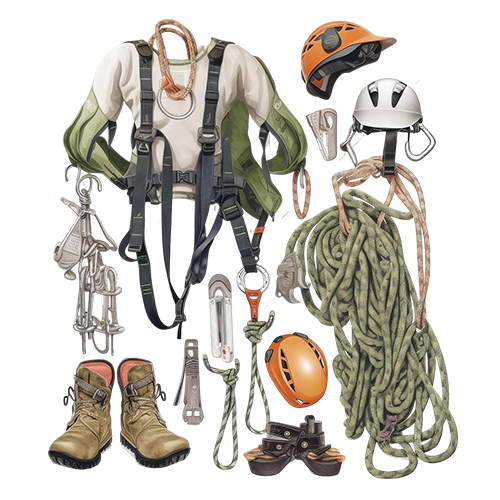
Rope Rescue Kit is built for challenging environments where safety and performance are non-negotiable. From industrial incidents to mountain rescues, every component—ropes, harnesses, pulleys, and anchors—is tested to meet the highest safety standards.
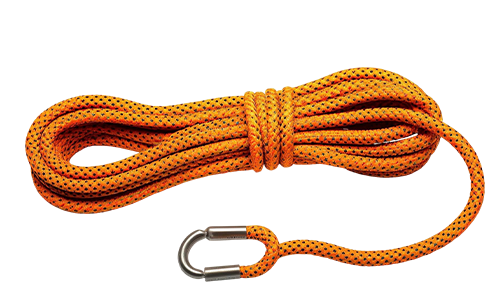
High-strength, low-stretch rope designed for vertical rescue operations. Used for rappelling, hauling, and securing rescuers and victims.
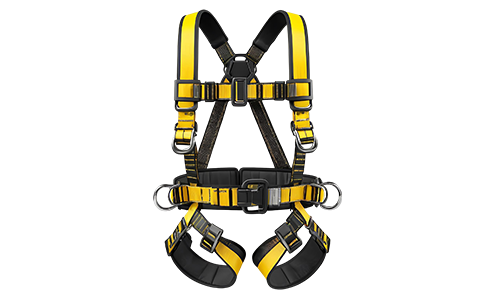
Provides secure attachment and weight distribution during rope access.
Essential for rescuer safety during climbing, rappelling, or suspension.
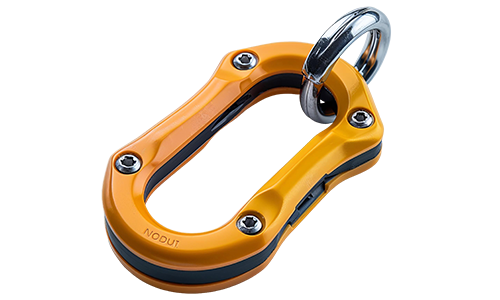
Strong metal connectors used to link rope, pulleys, and hardware.
Made from aluminum or steel for strength and safety.
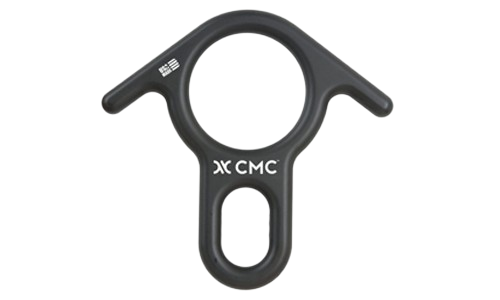
Allows controlled descent during rope operations.
Provides friction and safety for descending vertical environments.
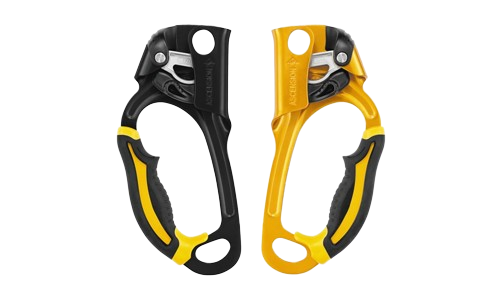
Used for climbing up fixed ropes with ease and safety.
Locks onto rope for upward movement without slipping.
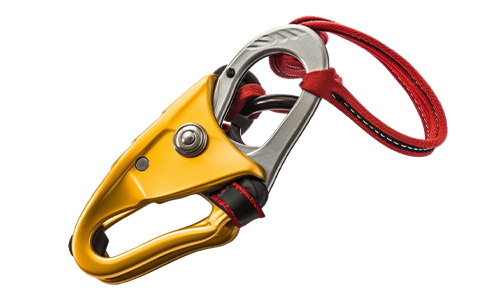
Reduces friction and increases mechanical advantage in hauling systems. Used for lifting injured persons or gear in complex rescues.

Attaches to a rope and slides during ascent, locking during a fall.
Provides fall protection and positional support for rescuers.
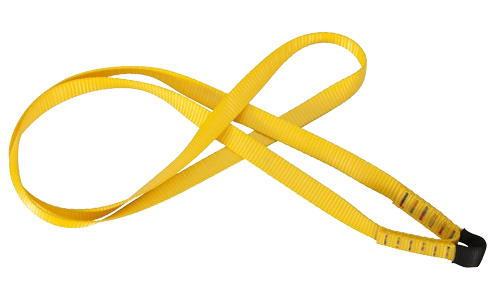
Strong nylon or polyester straps used to create anchor points.
Wraps around beams, poles, or natural features for secure setup.
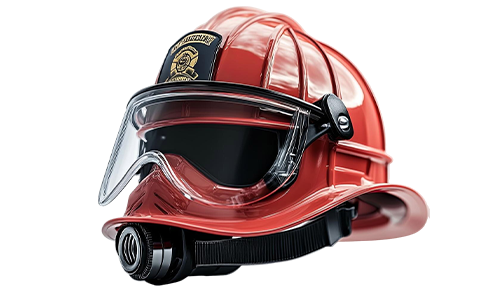
Protects head from falling debris, impacts, and bumps during operations.
Lightweight, ventilated, and fitted with chin straps for safety.

Protect hands from rope burns, cuts, and abrasions.
Durable and flexible for precise handling of gear and rope.
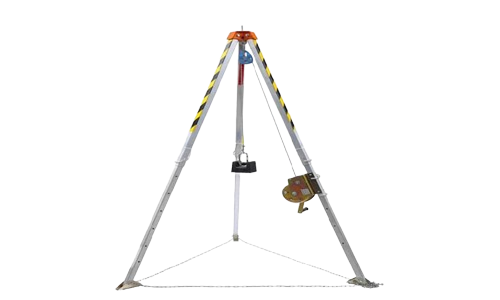
Used as an anchor point for confined space or vertical rescues.
Lightweight, collapsible, and deployable in difficult locations.
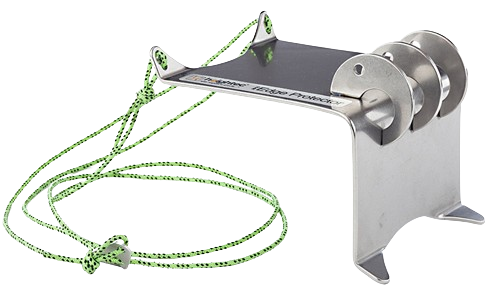
Placed on sharp or rough edges to protect rope from damage.
Prevents abrasion and prolongs rope life during use.
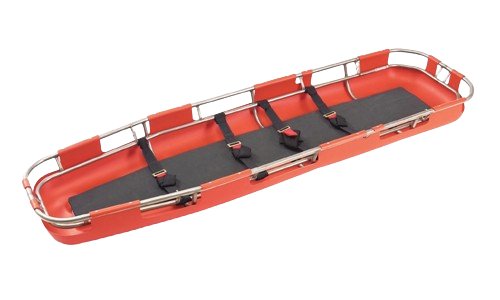
Rigid stretcher used for transporting injured victims in vertical rescue.
Secures patient with straps and allows hoisting by rope systems.
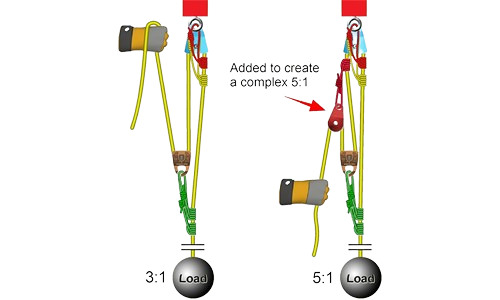
Pre-assembled pulley systems to assist in lifting heavy loads.
Used in haul systems for rescuing victims or moving gear.

Friction hitches used as backup or progress capture on ropes.
Made from smaller diameter cord to grip larger ropes effectively.
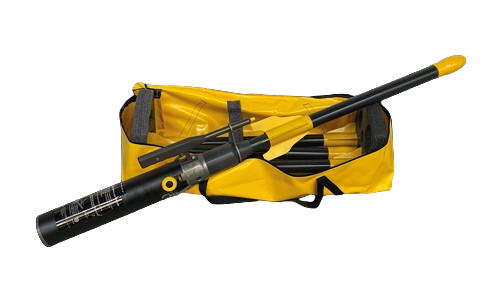
Used for throwing a line to a distant location or across a gap.
Contains rope inside a weighted bag for quick deployment.
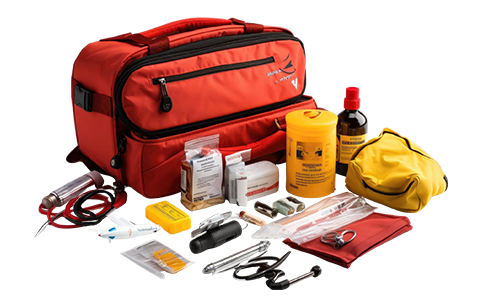
Carries all rope rescue equipment in an organized way.
Made from rugged, water-resistant materials with multiple compartments.
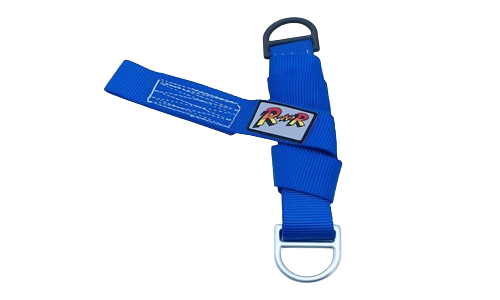
Used for controlled load transfer and tension release in rescues.
Essential for switching systems under tension without shock loading.

Used in modern rope rescue for controlled, redundant lowering.
Allows two ropes to bear the load simultaneously for maximum safety.

Used to disinfect hands and surfaces during medical response. Helps maintain hygiene and prevent infection spread.